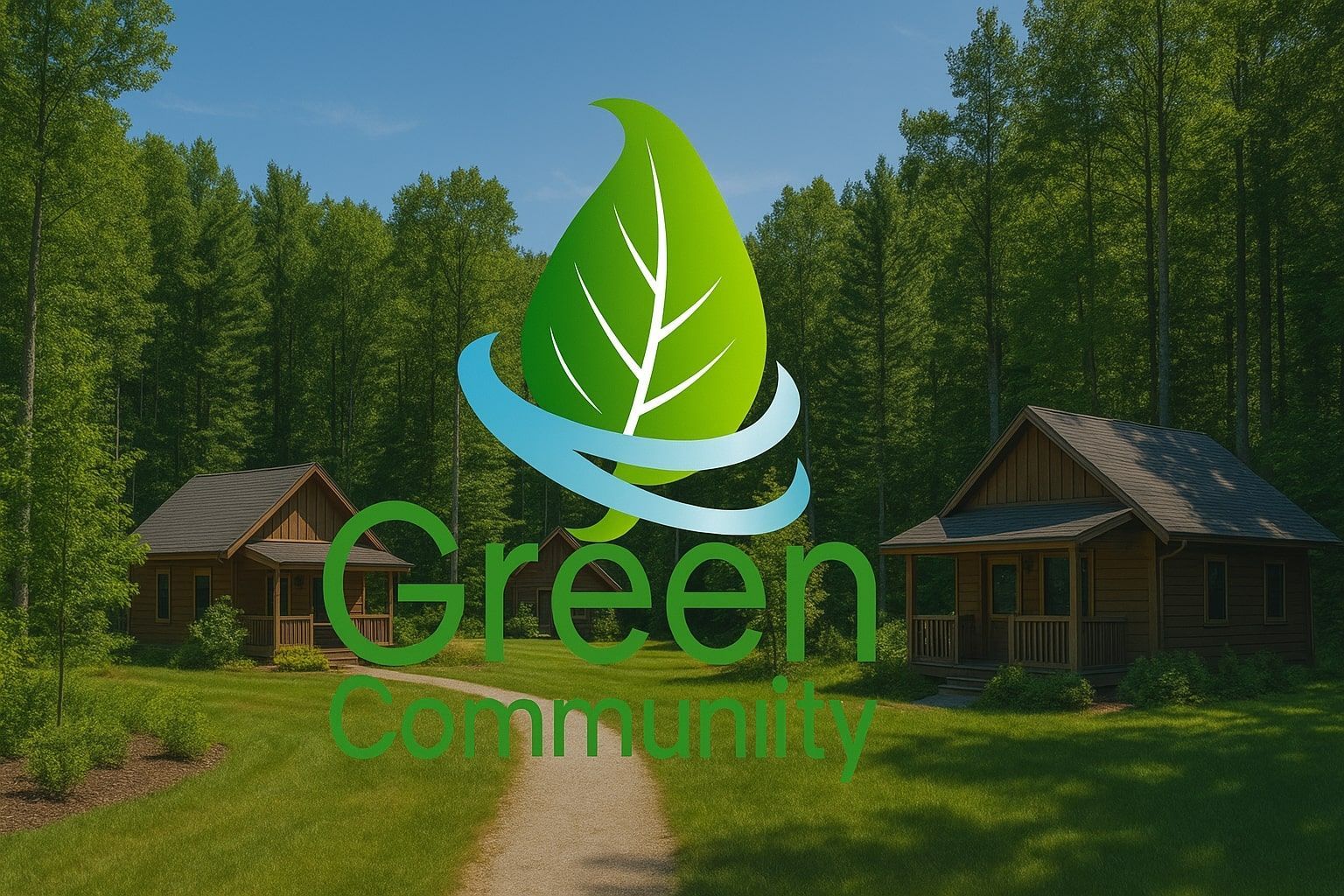
Property Development Branding - Everything you Need to Know
...
How is artificial intelligence shaping the future of housing estate design in Poland? Predictions for the coming years and key trends according to AI.
If you are a real estate developer in Poland, you are certainly interested in how residential estates will look in the coming years. Trends and data available up to October 2023 indicate that in 2025 and beyond, the needs of residents aged 20-40 will undergo significant changes. People will expect not only comfortable apartments but also modern technological solutions, sustainable development, and health-promoting spaces.
We have gathered key trends that will certainly influence what ideal residential estates will look like in just two years. This is your chance to stay ahead of the competition and adapt your property investments to the expectations of future residents.
Here is the list of sources:
United Nations: Agenda 2030 for Sustainable Development, World Housing Report prepared by UN-Habitat, publications from MIT Media Lab on the integration of technology in urban spaces, reports from the European Innovation Partnership on Smart Cities and Communities, Royal Institute of British Architects (RIBA): reports on the future of housing, Polish Association of Real Estate Developers: real estate market analyses in Poland, Central Statistical Office (GUS): demographic reports, CBOS studies on the housing expectations of Poles, World Green Building Council: guidelines on green building, Polish Green Building Council (PLGBC): reports and standards, McKinsey & Company reports on the future of work, Deloitte research on digital transformation and its impact on society, publications from the Batory Foundation on local community activation, OECD reports on social capital in cities, Gartner reports on security technology trends, ABI Research on biometrics in the housing sector, PwC analyses on blockchain technology adoption, reports from the European Blockchain Observatory and Forum, World Health Organization (WHO) publications on urban environmental health, Global Wellness Institute reports on the impact of living spaces on well-being, Ministry of Climate and Environment strategy on electromobility in Poland, International Energy Agency (IEA) reports on the future of electric transport, publications from the National Centre for Culture on the role of art in social integration, analyses from the European Cultural Foundation.
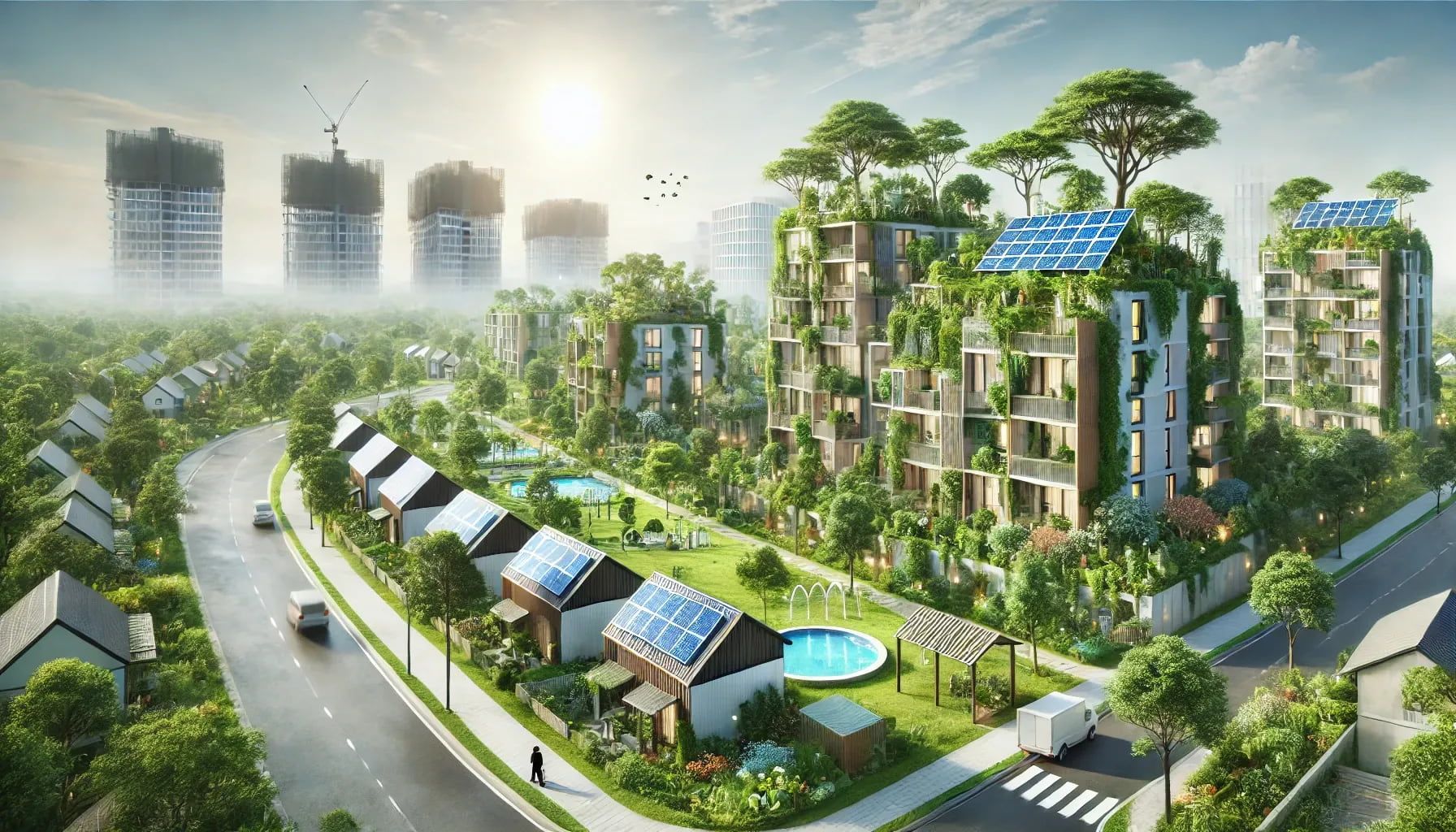
Green building is no longer a niche – by 2025, it will be the standard. Residents are increasingly demanding eco-friendly solutions, such as solar panels, rainwater harvesting systems, and low carbon footprint building materials.
For a real estate developer, this means one thing: investing in renewable energy sources and solutions that reduce the consumption of natural resources will not only attract clients but can also lower building maintenance costs.
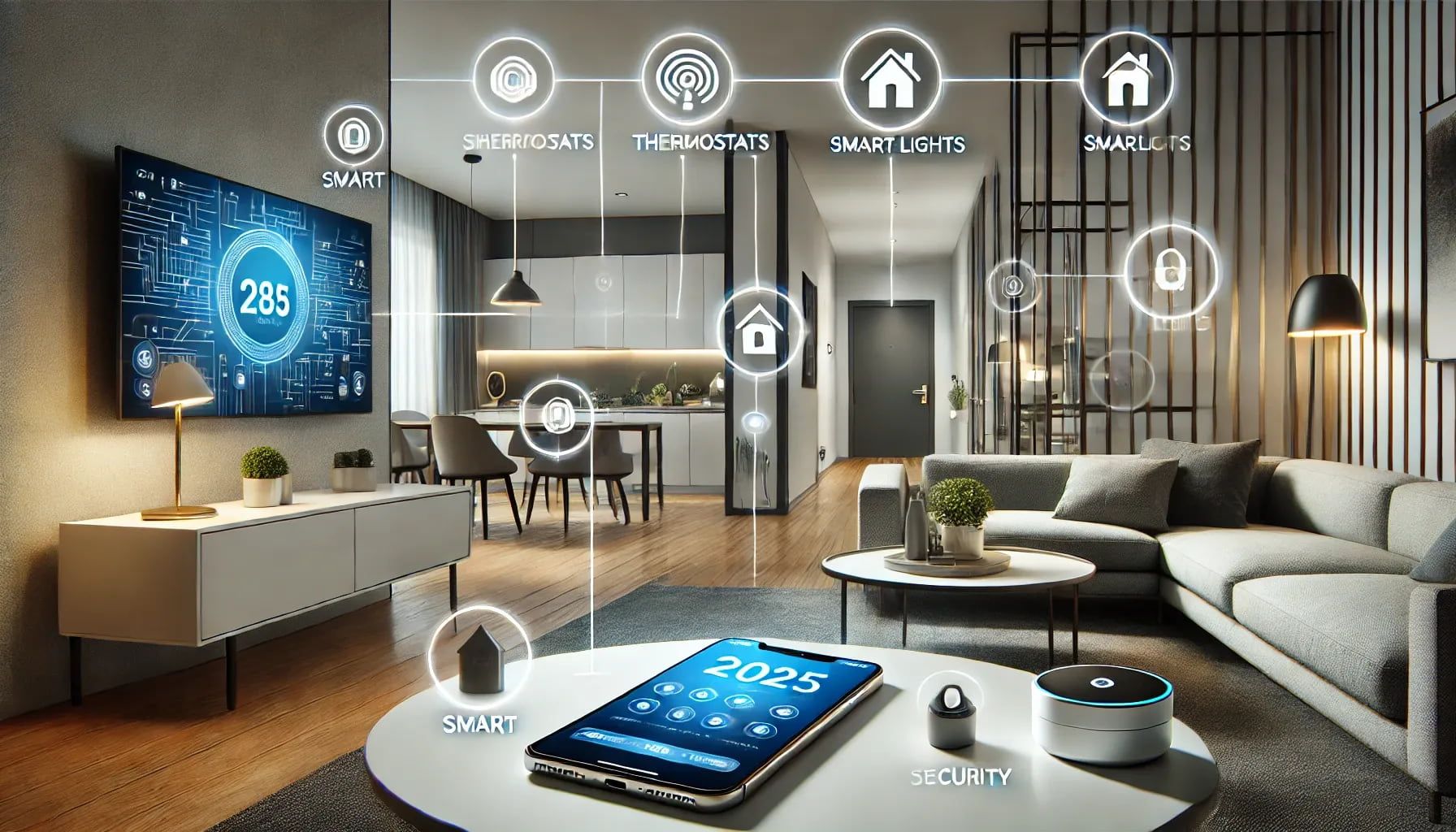
Smart home technologies are rapidly gaining popularity and by 2025 will become an integral part of modern residential estates. Residents want to have control over their homes at their fingertips—literally.
Remote control of lighting, heating, and even security systems will be the minimum that clients will expect.
Integrating intelligent building management systems will not only enhance the prestige of the estate but also allow for energy consumption optimization, aligning with the trend of sustainable development.
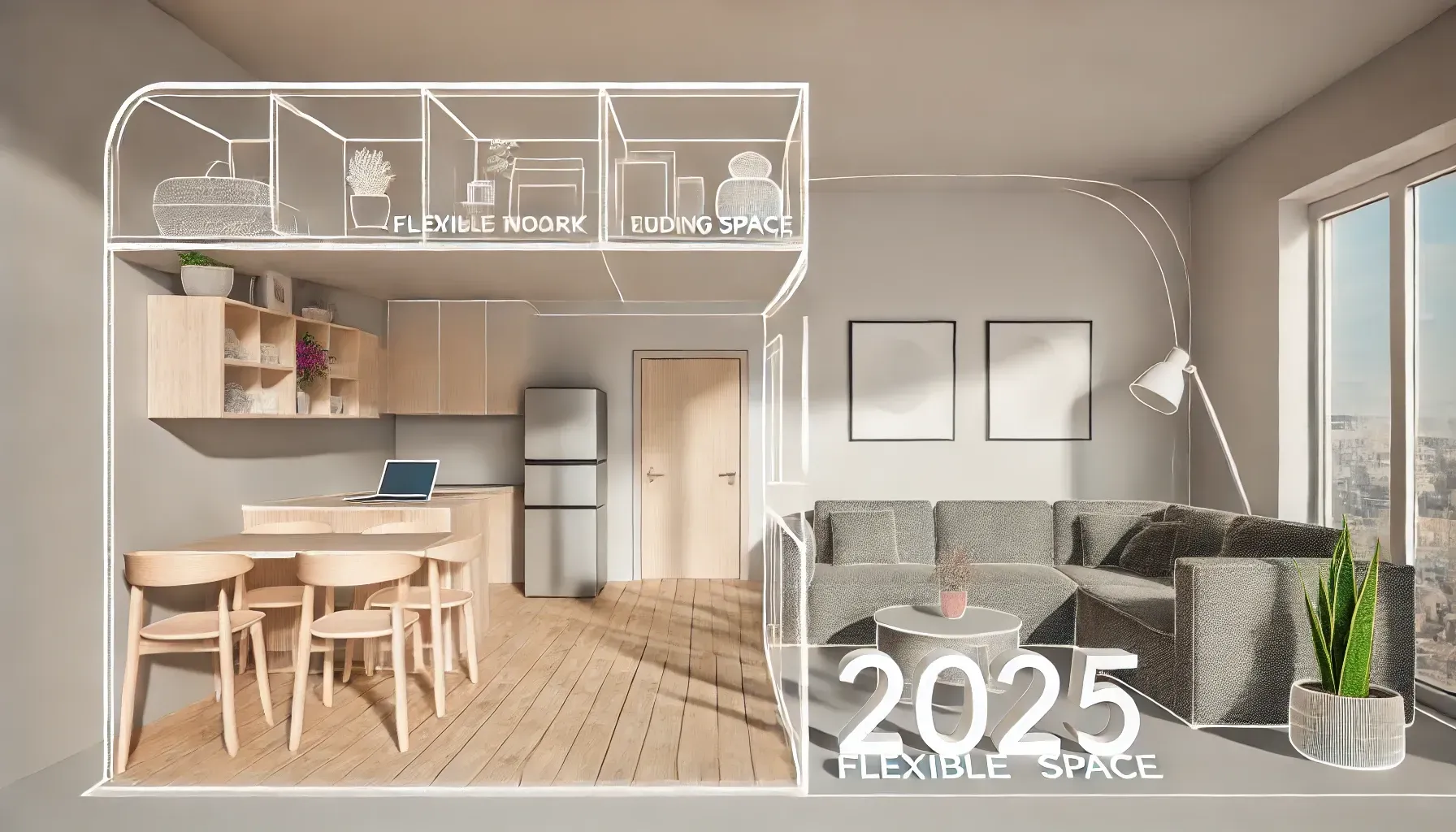
Remote work is no longer a temporary trend but a standard that is changing our approach to living spaces.
By 2025, apartments will need to be designed with flexibility in mind—the ability to transform spaces into a home office or an additional study room will become essential.
Modularity in apartment layouts and the ability to adapt them to the changing needs of residents will surely attract clients seeking both comfort and functionality in one.
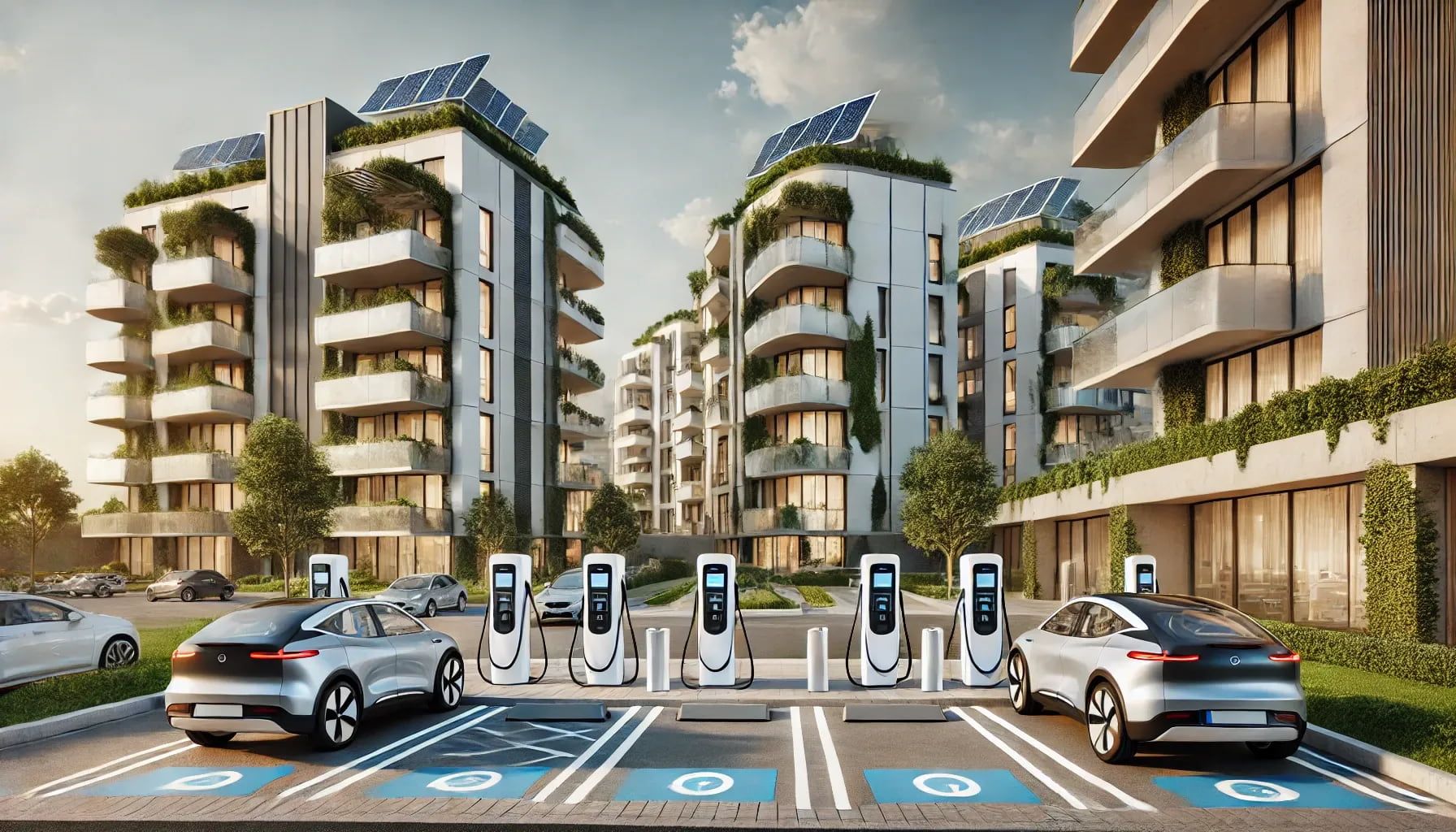
The rise in popularity of electric cars is not a passing fad. By 2025, residential estates that feature electric vehicle charging stations and dedicated infrastructure for electric scooters and bicycles will gain a significant edge in the market. For real estate developers, this is a signal to start planning appropriate solutions in their projects now.
Residents are increasingly expecting spaces that support their health and well-being. By 2025, the ideal residential estate will not just be a cluster of buildings—green areas such as parks, community gardens, and jogging paths will be essential.
Investments in solutions like educational trails or ecological gardens will attract residents seeking not only comfort but also a connection to nature.
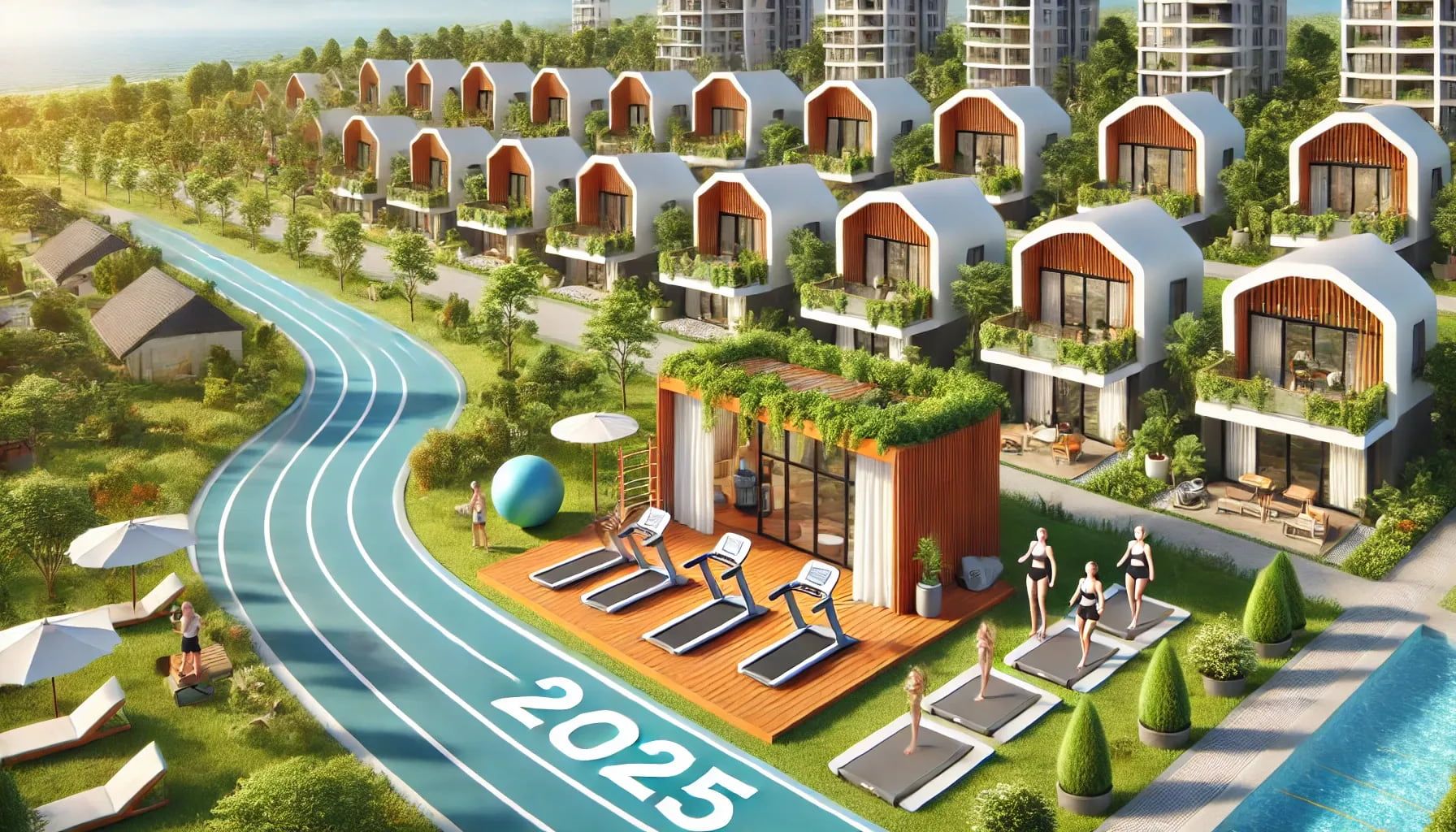
The trend of a healthy lifestyle continues to grow and will become even stronger in the coming years. The ideal residential estate in 2025 should offer its residents access to outdoor gyms, jogging paths, and even small wellness centers where they can relax in a sauna or participate in yoga classes.
Integrating such amenities into the estate's design will lead to higher resident satisfaction, which could translate into increased loyalty towards the real estate developer.
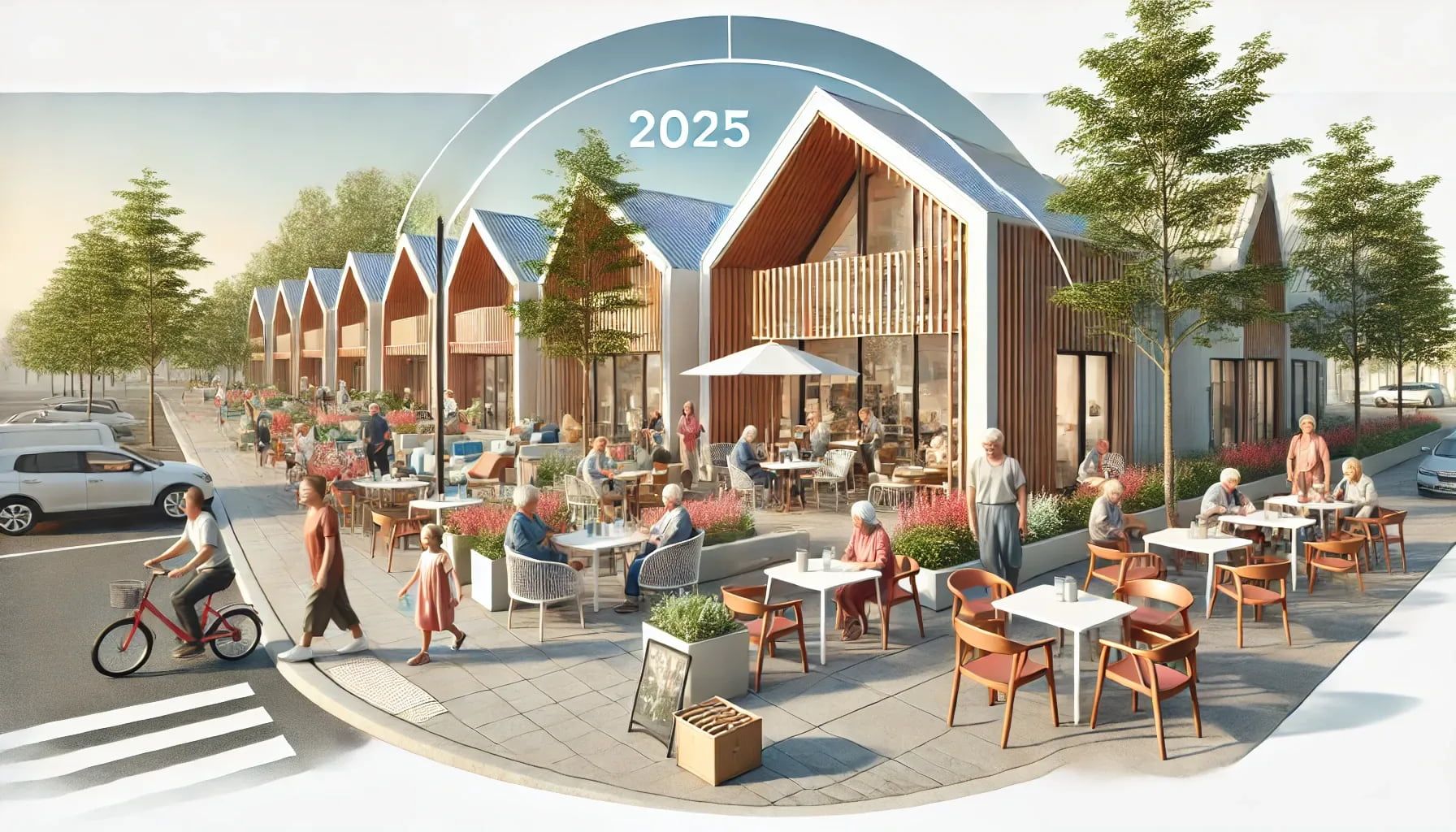
Creating communal spaces is another important aspect of modern residential estates. Meeting rooms, neighborhood cafés, and even small workshops are places that foster local community integration. Estates are becoming not only places to live but also places to build relationships.
This presents a challenge for real estate developers: designing spaces that encourage residents to engage in shared activities is an investment that will pay off through stronger ties to the local community.
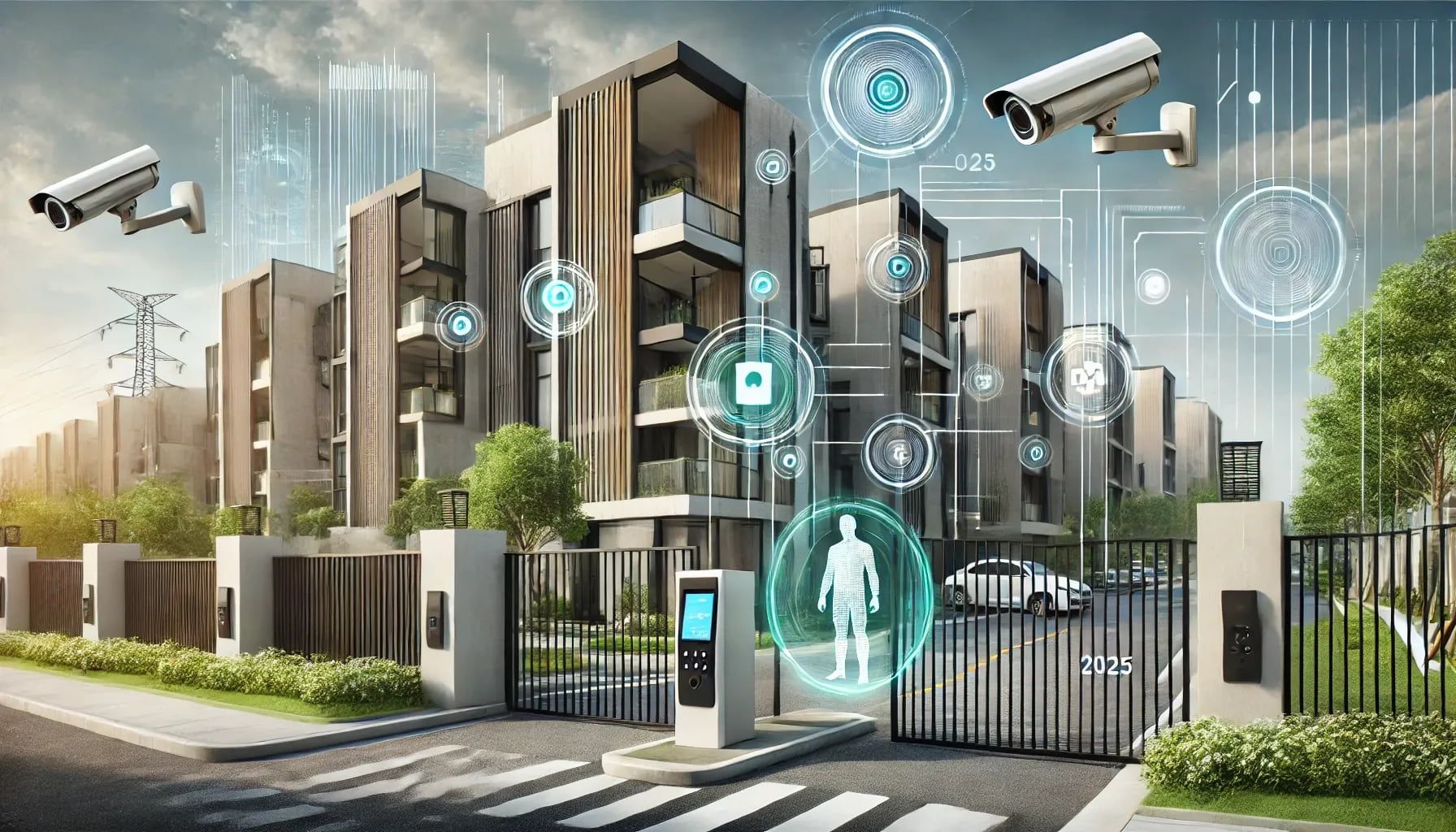
With technological advancements, expectations for security systems in residential estates are also rising. By 2025, AI-powered surveillance, biometric technologies, and mobile apps for security management will become standard.
Real estate developers who implement these solutions will gain an advantage in the eyes of clients looking for a safe place for themselves and their families.
In 2025, residential estates should provide coworking spaces and fast fiber-optic internet. Remote work rooms and quiet work zones are a response to the growing demand from people working from home.
Real estate developers who invest in such solutions will become more attractive to young professionals and entrepreneurs.
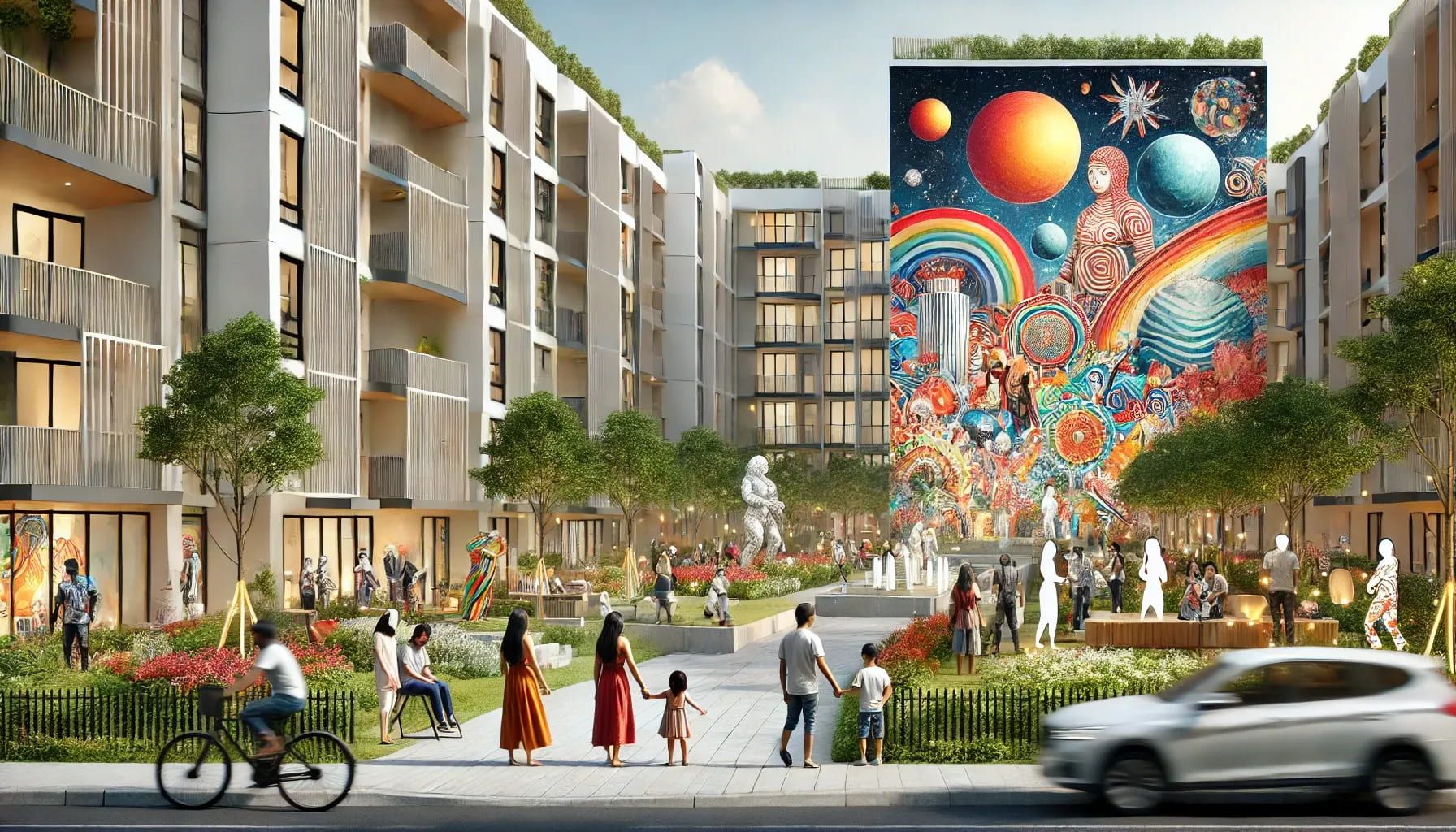
Art installations, murals, and local cultural events will be important elements in designing future residential estates. By 2025, estates offering such attractions will become more appealing to residents, especially those who value a creative atmosphere.
The daily needs of residents must be met on-site. Small shops, service points, cafés, and kindergartens available directly within the estate are increasingly desirable amenities. Real estate developers should plan investments with the aim of creating comprehensive spaces that eliminate the need for traveling for everyday errands.
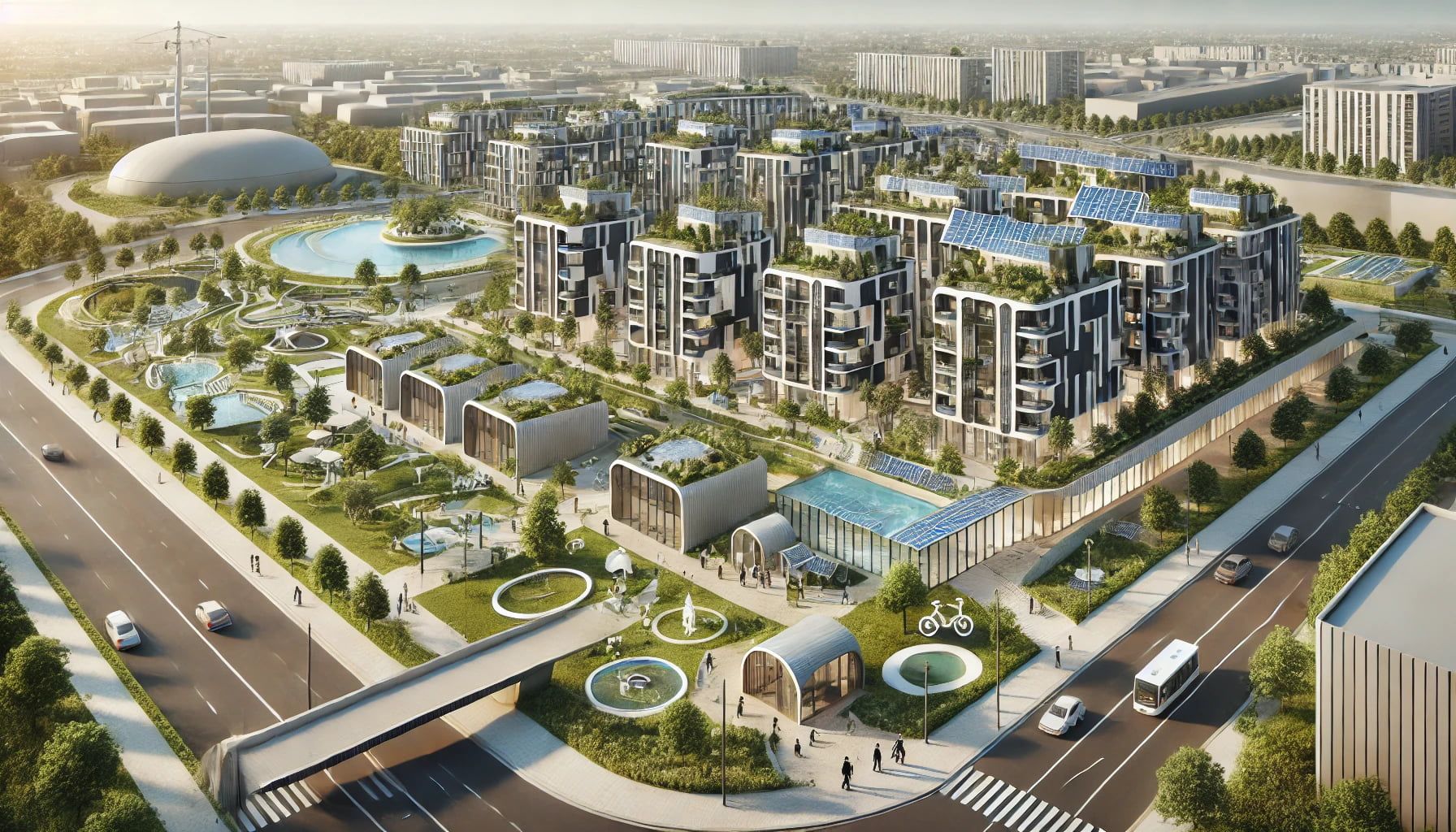
Sustainable development, advanced technologies, and spaces that promote health and community integration are just some of the trends that will define residential estates in Poland in 2025.
Real estate developers who consider these forecasts and adapt their property investments to meet new expectations will gain an edge in the competitive real estate market.
Book a free consultation.
Sign up now for our free RendProletter and receive 1 email every week with a short summary of the best posts from our blog and emails with unique offers you won't find anywhere else!